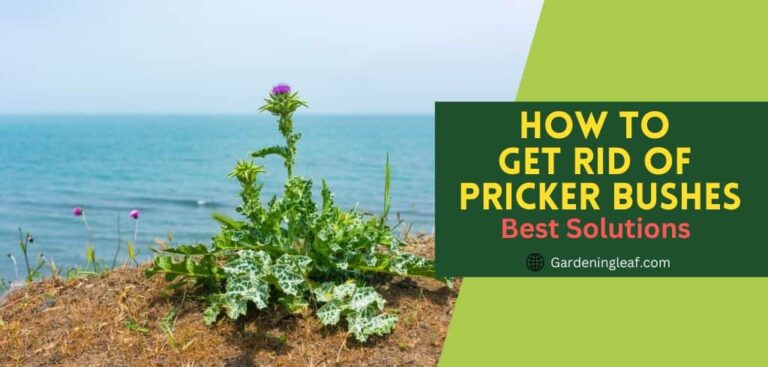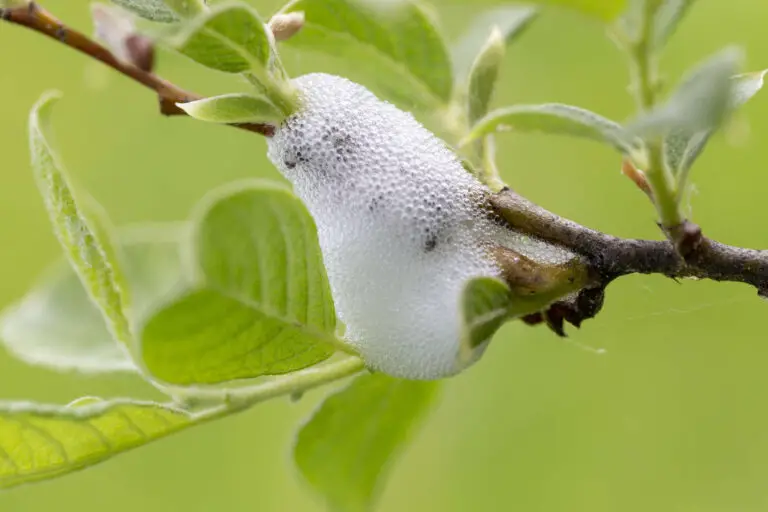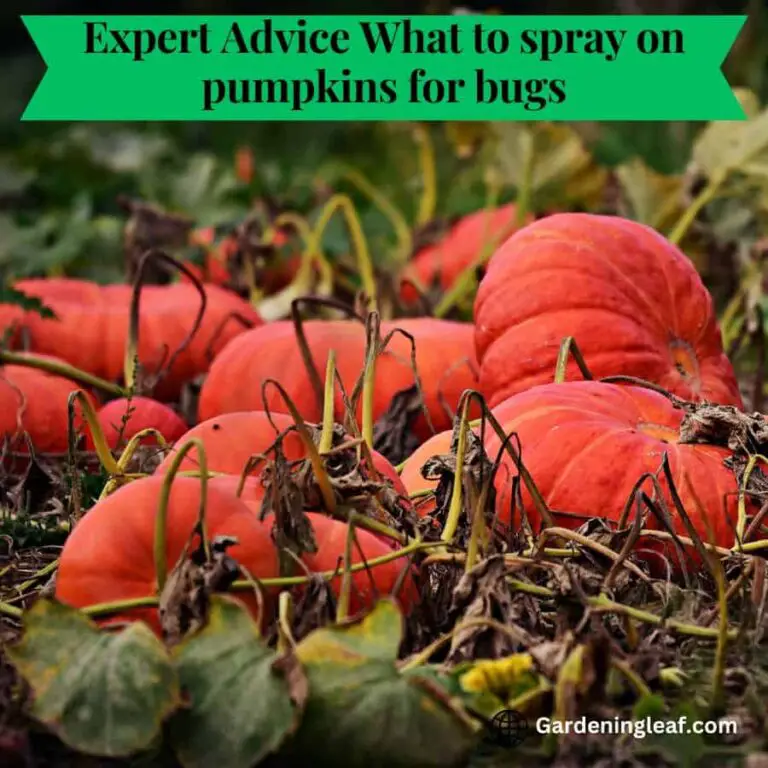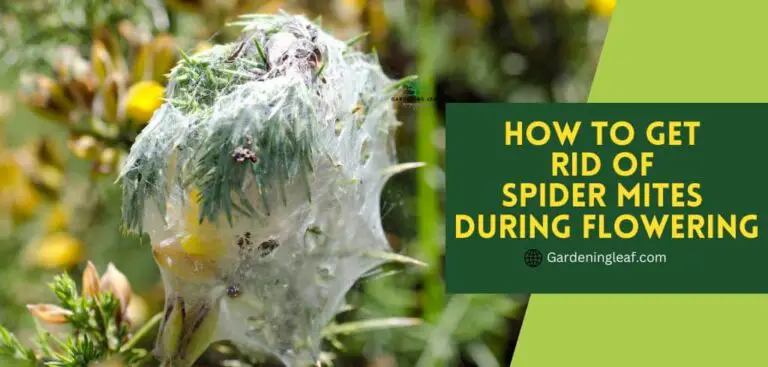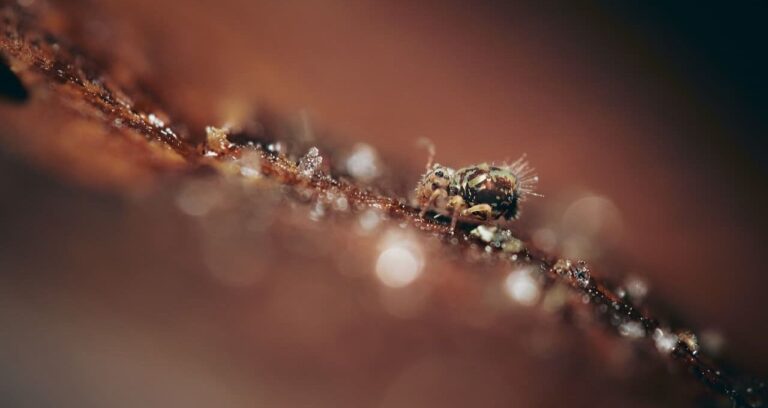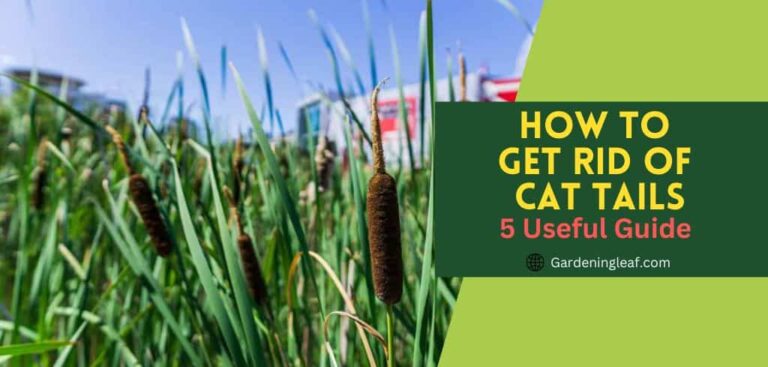Easy Guide to Using Neem Oil for Garden Pest and Disease Control
Garding activity itself is quite satisfying. But it also comes with challenges, such as pests and diseases. The easy solution is to apply Pesticide. But most Pesticides are not environmentally friendly, and in the long run, they can harm your soil and plant.
But, there are natural treatments possible. Your garden will be better protected without causing any damage to the environment. One such solution is neem oil, which has been used for centuries for various purposes, including pest and disease control.
We will discuss how you use neem oil and its applied method. And what possible effects it may have. So, if you want to learn more about using neem oil for garden pest and disease control, keep reading.
What is Neem Oil?
Neem oil comes from the neem tree. Its homeland is India, as well as various areas of Southeast Asia. Traditional Indian medicine has been using oil for decades.
On the other hand, Neem has properties that produce it as a useful natural pesticide and insect repellant. Oil extracted from the neem tree’s seeds is called neem seed oil.
The oil has a bitter taste and a strong odor making neem oil effective as a pest and disease control agent.
In neem oils, one of the main active ingredients is zadirachtin. Insect-eating and mating behavior is disrupted as a result. This makes it difficult for insects to reproduce and can help to control infestations.
It also acts as a natural fungicide. It prevents the growth of fungal diseases and helps control diseases such as powdery mildew and black spots.
Neem oil is a natural and safe alternative for pest control, suitable for humans and pets. Unlike synthetic pesticides, it is made from all-natural ingredients.
So it’s 100% eco-friendly and non-toxic. Since it does not cause damage to the plants or the soil, farmers, and gardeners may use
it without worrying about the environment being negatively impacted. It is also biodegradable and not harmful to beneficial insects like pollinators, earthworms, ladybugs, and bees.
How Does Neem Oil Work for Pest and Disease Control?
Neem oil works in many different ways for Pest and Disease Control. Gardeners apply neem oil on indoor plants and outdoor vegetable plots as an insecticide, fungicide, and miticide.
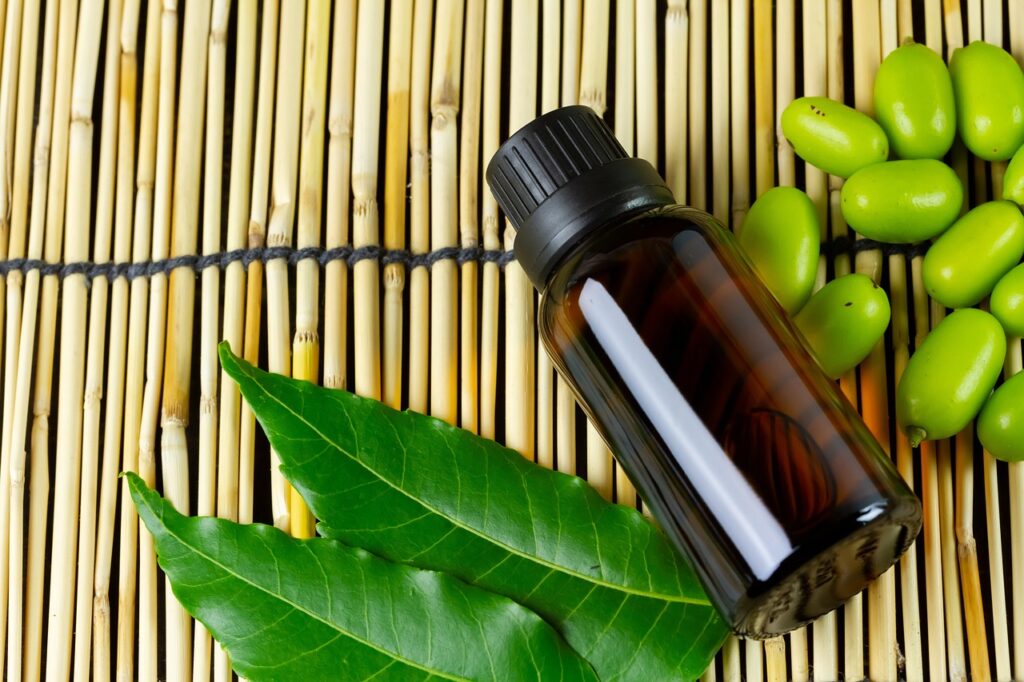
- Disrupts Pest Life Cycle: Neem oil can disrupt the life cycle of pests. Its regular use can break their reproductive processes.
- Repels Pests: Neem oil also works as a repellent. When sprayed on plants, neem oil creates an unpleasant environment for pests, causing them to move to other areas.
- Inhibits Fungal Growth: Neem oil also has antifungal effects. It successfully helps combat fungus infections, including rust, black spot, scab, and powdery mildew. It works by preventing spores from growing into new fungi.
- Safe for Beneficial Insects: Neem oil does not negatively affect helpful insects like bees or ladybugs. This is because it exclusively targets pests that are harmful to plants.
- Organic and Environmentally Friendly: Neem oil is an organic and environmentally friendly alternative to artificial pesticides. It dissolves quickly in the environment and is not dangerous to animals or humans when used as advised.
- Can Improve Soil Health: Neem oil can also improve soil health as a drench. Applied to the soil, it also increases microbial activity, soil structure, and nutrient availability for plants.
- Can Boost Plant Immunity: Neem oil has been shown to have immune-boosting properties in plants.
- It may be used with other pest control methods: For even better success. Use neem oil with additional pest control methods. such as insecticidal soaps and companion planting.
How to Use Neem Oil for Garden Pest and Disease Control
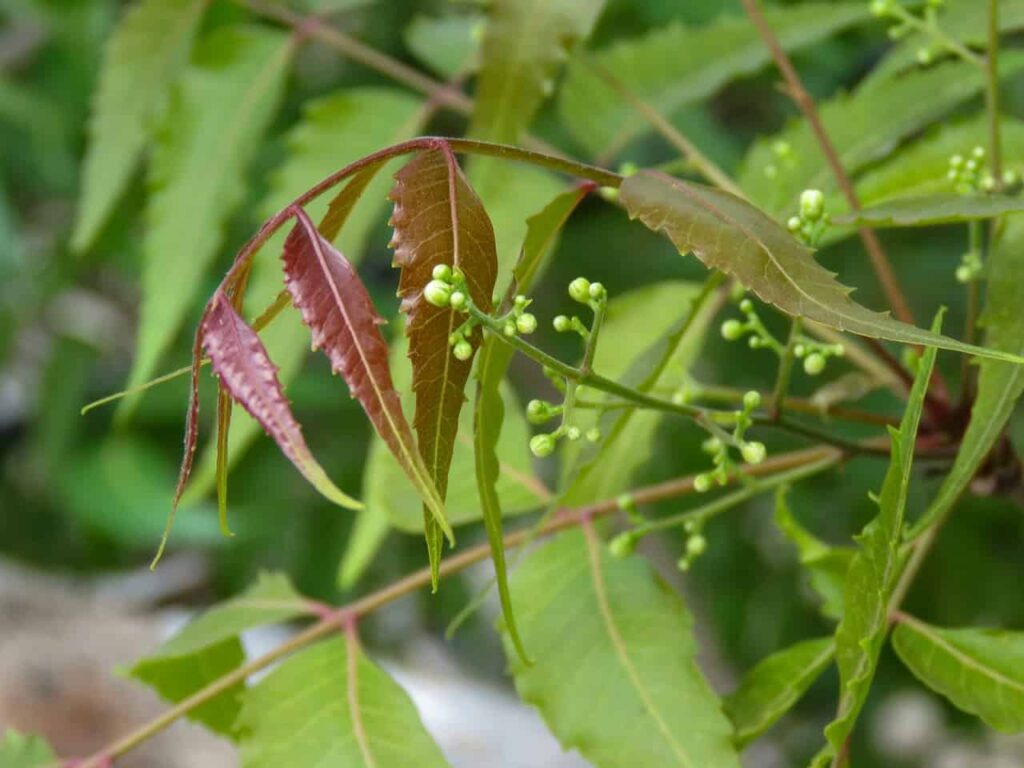
The Environmental Protection Agency and the National Pesticide Information Center have concluded that. Pesticides formulated with clarified hydrophobic neem oil are extremely effective and risk-free. It’s safe for birds, animals, bees, and mammals.
Neem oil can eliminate various pests, including aphids, spider mites, thrips, whiteflies, mealybugs, Japanese beetles, nematodes, caterpillars, larvae (grubs), leafhoppers, and spider mites. When you treat your plant for pests, you protect it from certain maladies.
- Identify the Pests and Diseases in Your Garden: Before using neem oil products. It is necessary to recognize the pests and diseases in your garden. Once you have identified the problem, deciding how to use neem oil will be easier.
- Prepare the Neem Oil Solution: To make the neem oil solution. Neem oil, water, and a spray bottle are the things you will need. After adding one tablespoon of neem oil to one quart of warm water, thoroughly mix the mixture.
- Apply the Neem Oil Solution: After preparing the neem oil solution. Apply it to your plants. You must give the spray bottle a thorough shake before using it. Apply the neem oil solution diluted with water to the plants suffering from the disease. Apply it to the entire plant leaves’ tops and bottoms.
- Repeat the Application: it’s not a one-time solution. Repeating the application every seven to fourteen days or until the pests and diseases are completely gone. This will ensure that the neem oil is effective in controlling the problem.
- Preventative measure: While neem oil is a safe and natural product, it is important to take precautions. Avoid using neem oil in direct sunlight.
Neem Oil Alternatives
While neem product is a popular and effective pest and disease control option in houseplants.
- Insecticidal Soaps: Neem oil may be replaced with insecticidal soaps, which are both natural and effective. They function by rupturing the cell membranes of the pests, which results in the bugs losing water and ultimately dying.
- Essential Oils: Essential oils such as peppermint, rosemary, and thyme can also be used for pest control. These oils contain natural compounds that repel pests and can be used in sprays or as soil drenches.
- Diatomaceous Earth: Diatomaceous earth is a natural powder. It is produced from the petrified remnants of sea creatures.
- Horticultural oils:- It is manufactured using a variety of plant oils, including soybean, cottonseed, and canola. These oils work by suffocating pests and their eggs. Horticultural oils are effective against various pests and can help control fungal infections.
Plants that Should Not be Treated with Neem Oil
While neem oil is generally safe to use on most plants, a few plant species can be sensitive to it.
| Plant Type | Symptoms of Damage |
|---|---|
| Japanese Maples | Japanese maples can be sensitive to neem oil and may develop leaf burn if a few plant species are applied. Neem oil should be used with caution on Japanese maples. |
| Ferns | Ferns can also be sensitive to neem oil, and it can cause leaf damage if applied. It’s best to test neem oil on a small area of the fern before treating the entire plant. |
| Desert Roses | Desert roses are known to be sensitive to neem oil and may develop leaf yellowing or other symptoms if treated with it. Avoid using neem oil on desert roses unless necessary, and use a small amount to avoid over-application. |
| Plants in Flower | Neem oil can also damage the flowers of plants if applied during their blooming period. It’s best to avoid using neem oil on flower plants or wait until after the blooming period. If neem oil is applied during the blooming period, the flowers may become discolored, deformed, or drop prematurely. |
| Plants in Stress | Plants that are already under stress, such as those affected by a lack of water or nutrients due to dryness, are more vulnerable to damage from neem oil. Neem oil should be used with caution on stressed plants, and it’s best to address the underlying stressor before using any treatments. |
When applying neem oil on plants, it is imperative that you carefully read the label and follow the directions exactly as they are written. If you are unsure whether or not the treatment with neem oil will harm the plant, it is important to test a tiny portion of the plant first.
Can you put neem oil directly on plant leaves?
It is possible to apply neem oil straight to the leaves of plants. But, before using it, dilute it according to the instructions on the label. Applying an undiluted neem oil mixture can result in leaf burn and other damage. Do not apply any sensitivity or stressed plant. Before applying neem oil to the whole plant, you should always test a small area of the plant first.
How much neem oil per liter of water for plants?
For plants, the recommended amount of neem oil per liter of water is about 5ml to 10ml. Best to follow the instructions on the product label. And consult with a gardening professional before applying any pesticide or fertilizer to your plants. Overuse of neem oil can cause harm to the plant and its growth, so it is important to use it in moderation.
Conclusion
Neem trees (Azadirachta indica) provide neem oil, an effective organic insecticide. It disrupts the feeding and reproduction of pests. Making it a powerful and eco-friendly alternative to artificial pesticides. Neem oil insecticide controls aphids, spider mites, and caterpillars, and is safe for most plants and beneficial insects.
Neem oil is great for controlling garden pests and diseases. It contains a natural ingredient called azadirachtin that stops pests from eating and reproducing. It’s a good natural alternative to synthetic pesticides.
The EPA has also recognized Neem oil is safe for most plants, including ornamental plants. And can be applied as a neem oil spray or a foliage mist to target garden pests such as caterpillars and nematodes.

